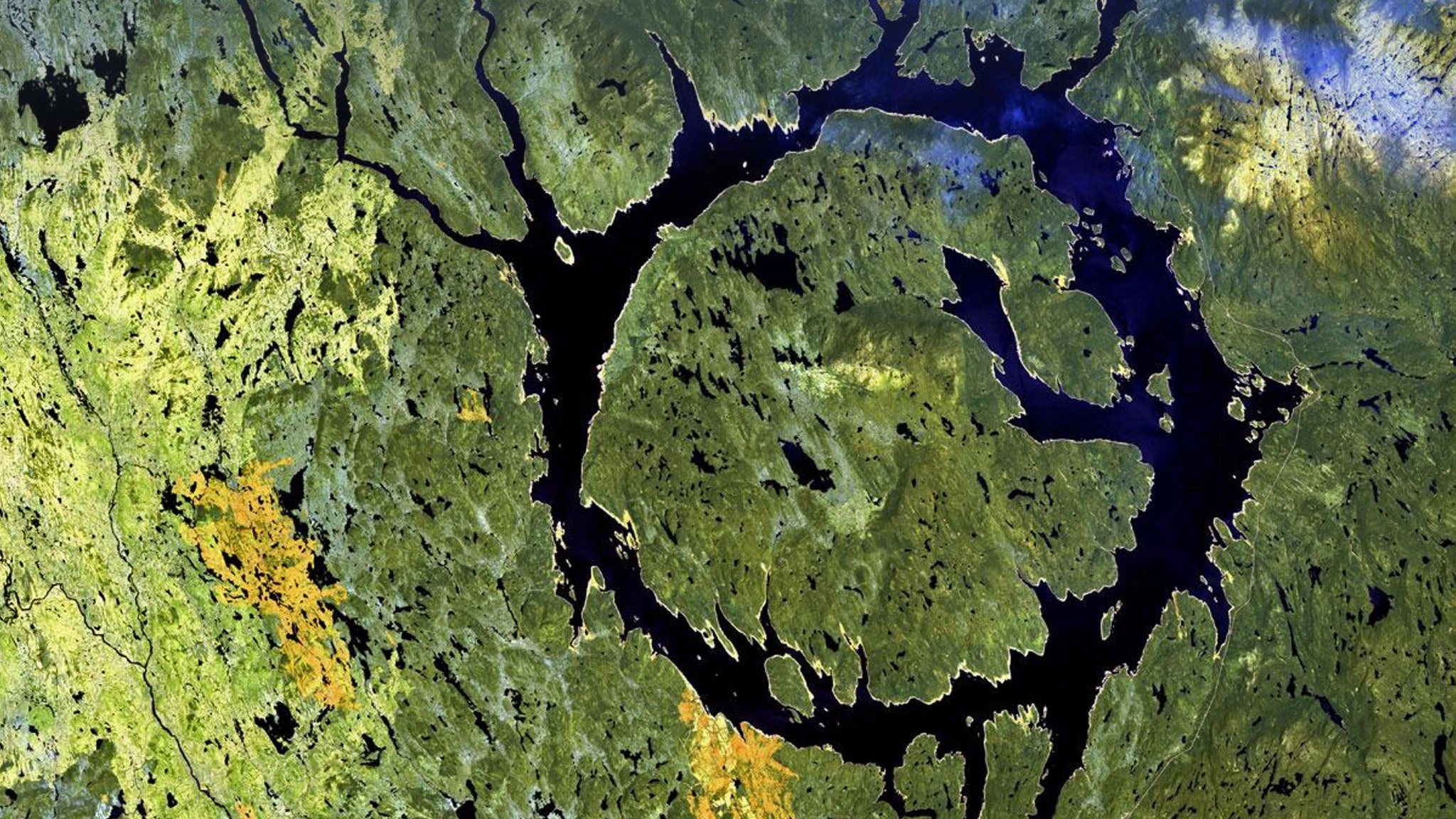生活內底揣趣味(生活中找樂趣)
says
〈歷史上的今天〉1908年6月30日,西伯利亞上空因隕石而引發敦胡斯加大爆炸。聯合國成立之後,這一天被定為國際小行星日。
 Tunguska event - Wikipedia
Tunguska event - Wikipedia Asteroid Day - Wikipedia
Asteroid Day - Wikipedia
〈今日Bing〉魁北克的Manicouagan隕石坑湖,又稱為「魁北克之眼」,是2億1550萬年以前的隕石撞擊而形成的。
 Le réservoir Manicouagan, Québec, Canada
Le réservoir Manicouagan, Québec, Canada Manicouagan Reservoir - Wikipediahttps://imgur.com/BwR5Von.jpg
Manicouagan Reservoir - Wikipediahttps://imgur.com/BwR5Von.jpg
#通古斯事件 #近代天文事件史
 Tunguska event - Wikipedia
Tunguska event - Wikipedia Asteroid Day - Wikipedia
Asteroid Day - Wikipedia〈今日Bing〉魁北克的Manicouagan隕石坑湖,又稱為「魁北克之眼」,是2億1550萬年以前的隕石撞擊而形成的。
 Le réservoir Manicouagan, Québec, Canada
Le réservoir Manicouagan, Québec, Canada Manicouagan Reservoir - Wikipediahttps://imgur.com/BwR5Von.jpg
Manicouagan Reservoir - Wikipediahttps://imgur.com/BwR5Von.jpg#通古斯事件 #近代天文事件史
生活內底揣趣味(生活中找樂趣)
says
It's Asteroid Day! Today you're invited to explore a realm of science usually seen only in action films - asteroid impact avoidance, or the study of what to do if a big chunk of space junk hurtles right at Earth. Don't worry, scientists are coming up with plans for this.
生活內底揣趣味(生活中找樂趣)
says
As our photo shows, asteroid impacts do happen. Manicouagan Crater, aka the Eye of Québec, was formed by a three-mile-wide meteorite that hit Earth about 215 million years ago.
生活內底揣趣味(生活中找樂趣)
says
Much more recently, an explosive meteoroid levelled 800 square miles of Siberian forest in what's known as the Tunguska event. That was 113 years ago today, and Asteroid Day's date was chosen in recognition.

生活內底揣趣味(生活中找樂趣)
says
So, if you find yourself casting paranoid glances at the sky, maybe do a little searching around how scientists are learning to prevent potential impacts. Proposed plans involve everything from altering an asteroid's course via a gravitational field, to delaying its approach by attaching rocket thrusters, to good old-fashioned blowing it up. Go science!
生活內底揣趣味(生活中找樂趣)
says
= 引用結束 =
生活內底揣趣味(生活中找樂趣)
says
生活內底揣趣味(生活中找樂趣)
says
隕石撞擊地球資料庫:Manicouagan
 Tek D. on Twitter
Tek D. on Twitter Facebook
Facebook